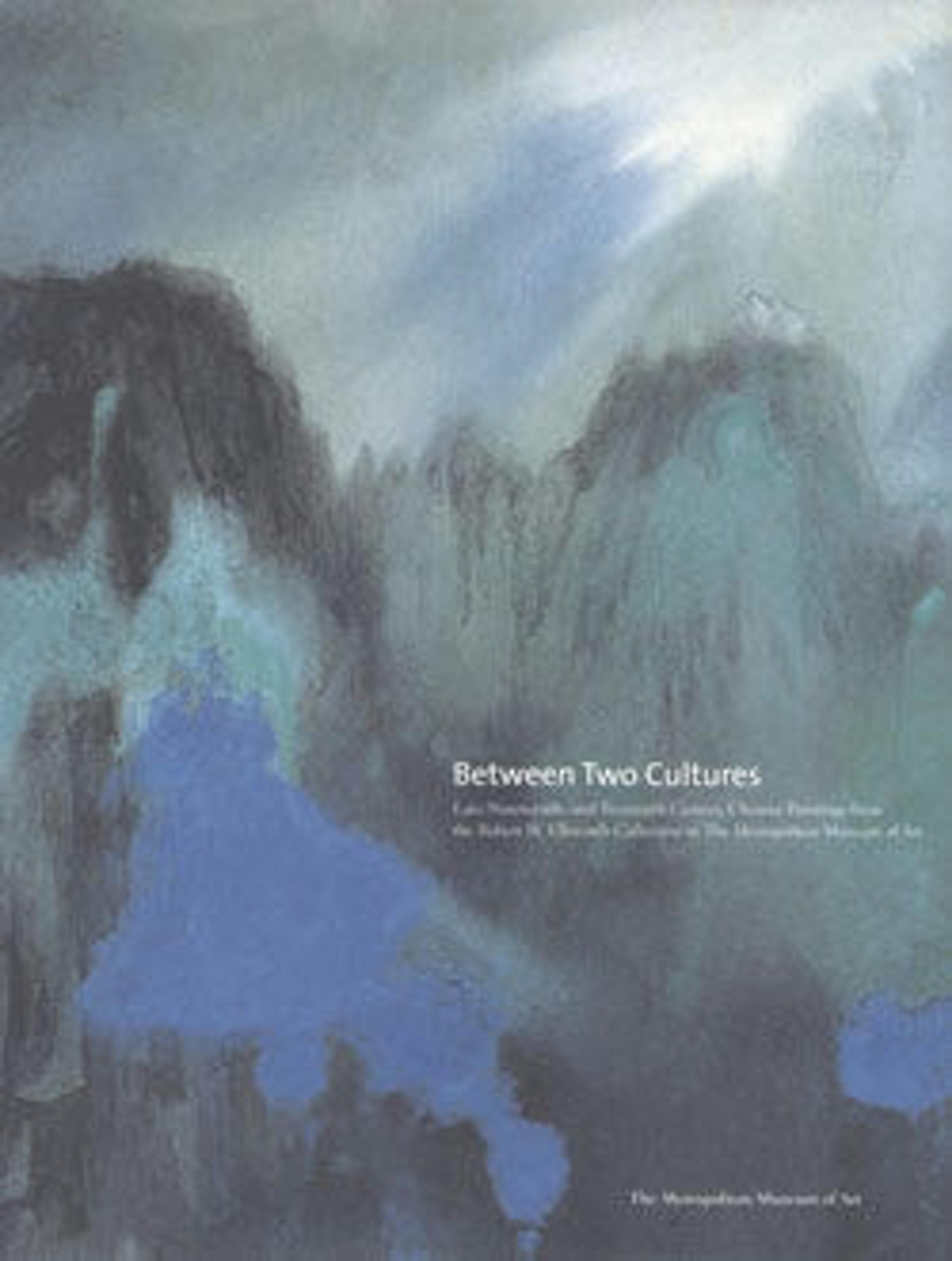Junks
In 1936 Gao Jianfu accepted a professorship at the National Central University in Nanjing, but with the outbreak of the Sino-Japanese war in 1937 he fled with his family to Macao. After the war Gao returned to Canton, where he continued teaching at his own painting studio. During his long absence, however, his style had become less influential and was criticized for having too much "Japanese flavor." Following the Communist revolution of 1949, Gao again went to Macao, where he died.
Junks, dated October 15, 1945—five days after the anniversary of the founding of the Republic of China-presents an introspective image of traditional Chinese fishing boats. The vessels are headed toward a lightening horizon, but their destination—like that of Gao and China itself—is out of sight. With its low horizon line, impressionistic handling of color, and light-suffused atmosphere, the painting reflects Gao's fascination with the representational and coloristic effects of Western painting as well as his faith in an artistic synthesis of Eastern and Western styles.
Junks, dated October 15, 1945—five days after the anniversary of the founding of the Republic of China-presents an introspective image of traditional Chinese fishing boats. The vessels are headed toward a lightening horizon, but their destination—like that of Gao and China itself—is out of sight. With its low horizon line, impressionistic handling of color, and light-suffused atmosphere, the painting reflects Gao's fascination with the representational and coloristic effects of Western painting as well as his faith in an artistic synthesis of Eastern and Western styles.
Artwork Details
- 清/現代 高劍父 揚帆圖 軸
- Title: Junks
- Artist: Gao Jianfu (Chinese, 1878–1951)
- Date: dated 1945
- Culture: China
- Medium: Hanging scroll; ink and color on alum paper
- Dimensions: 29 x 35 1/8 in. (73.7 x 89.2 cm)
- Classification: Paintings
- Credit Line: Gift of Robert Hatfield Ellsworth, in memory of La Ferne Hatfield Ellsworth, 1986
- Object Number: 1986.267.186
- Curatorial Department: Asian Art
More Artwork
Research Resources
The Met provides unparalleled resources for research and welcomes an international community of students and scholars. The Met's Open Access API is where creators and researchers can connect to the The Met collection. Open Access data and public domain images are available for unrestricted commercial and noncommercial use without permission or fee.
To request images under copyright and other restrictions, please use this Image Request form.
Feedback
We continue to research and examine historical and cultural context for objects in The Met collection. If you have comments or questions about this object record, please contact us using the form below. The Museum looks forward to receiving your comments.
